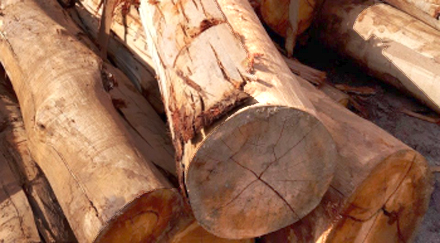
Scientists from Siberian Federal University and University of Cadiz, Spain, have recently suggested applying hard tissue preparation methods (used, for instance, with bones and teeth) in wood sample analysis. Unlike previous methods, this does not damage wood cells and can be efficiently used for both research and production purposes. The findings were published in Dendrochronologia journal. Source: Sputnik International
Tree rings are formed by layers of water-conducting cells of cambium — growth layers found in plant stems, which ensure continuous growth of a plants’ stems and roots and records environmental signals in xylem anatomy. Dendrochronology, as opposed to botany, is the science of analysing and decoding this information.
This science allows dendrologists to decipher both the age of plants and the environmental factors that affected their growth (such as light, climate and soil).
To read this information, scientists have traditionally used high-resolution images that are impossible to obtain without high-quality micro-section preparations. They chemically processed the wood and sectioned it with a special tool called the microtome. This method causes serious damage to the cell walls and significantly complicates further analysis.
“We are offering an alternative to microtomy,” said Alberto Arzak, a senior research associate at Siberian Federal University’s Ecosystem Biogeochemistry Laboratory. “By applying methods of dendrochronology and pathologic anatomy traditionally used with hard tissue, we can obtain high-quality micro-section preparations without a microtome.”
Researchers suggest embedding wood samples in polymethylmethacrylate (transparent and non-reactive resin); the obtained solid blocks are subsequently ground and polished. This method improves the mechanical integrity of wood preparations and eliminates the problem of broken cell walls even in large tissue surfaces.
“This developed method reflects new opportunities in tree-ring anatomy analysis,” said Yelena Babuskina, Director of the Khakas Technical Institute (SFU branch in Abakan, Russia).
“Embedding wood preparations in resin allows us to measure the wood parameters more precisely, while the absence of preliminary chemical processing allows studying preparations in their original condition.”
Experts believe the new approach will significantly promote the technological research of wood as an important construction and composite material. It makes thin and polished, coloured or uncoloured samples available for examination with the help of a wide range of optical methods.





